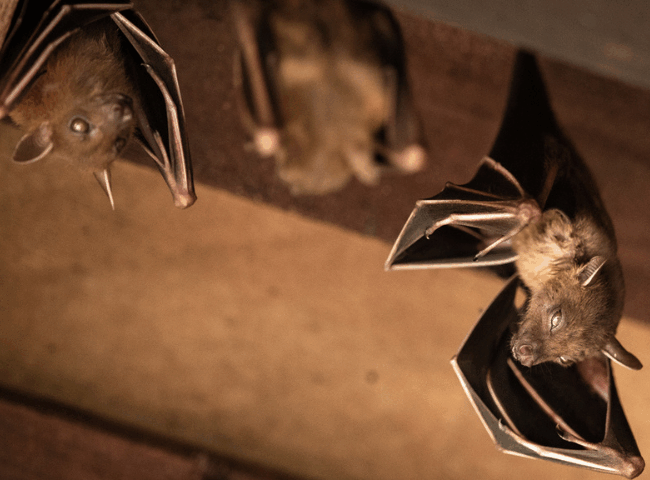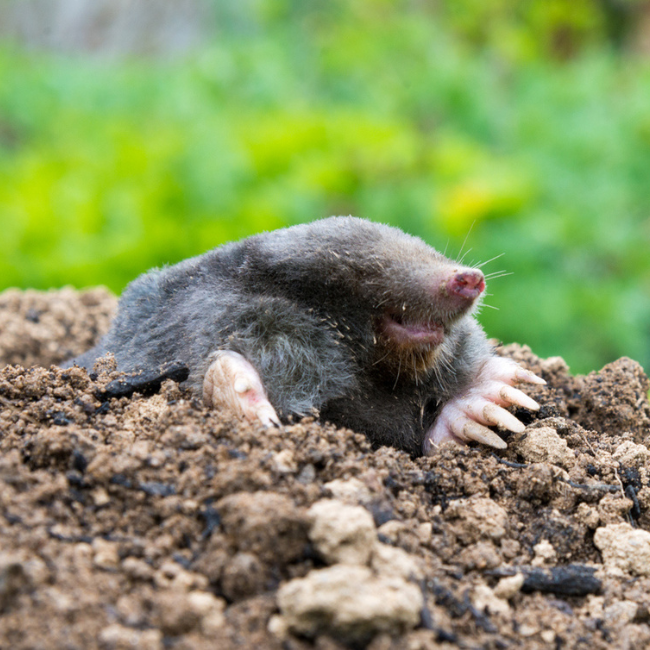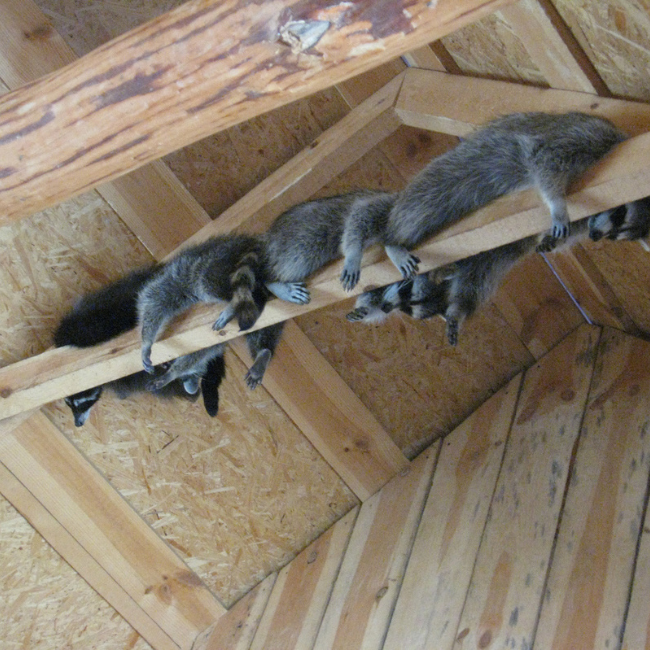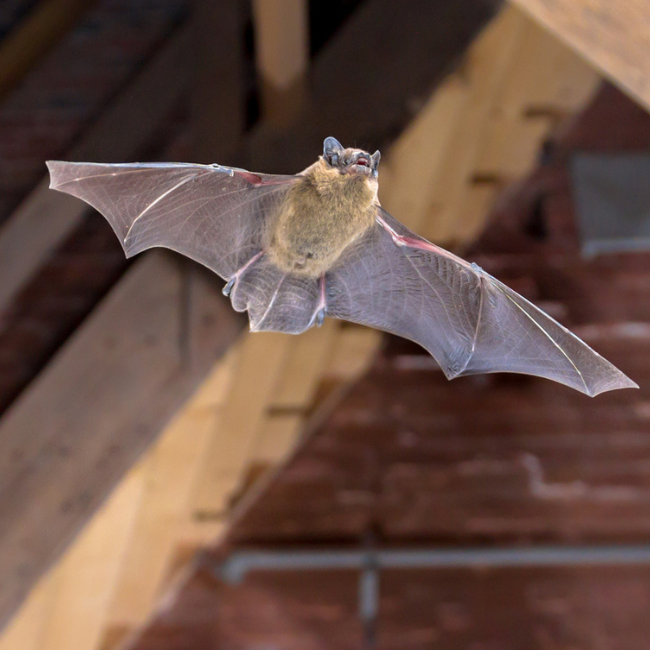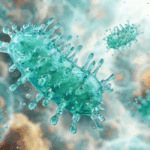
Wildlife Diseases That Can Spread to Pets
October 10, 2025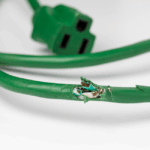
Top 5 Property Damages from Nuisance Wildlife
November 9, 2025As temperatures drop in Myrtle Beach, wild animals start searching for warmth and shelter. Your attic can look like the perfect spot to them. Understanding why animals move in and what to do about it helps protect your home from unwanted fall and winter guests.
Why Animals Move Into Attics
Wildlife seeks shelter just like people do. When the weather cools, raccoons, squirrels, opossums, bats and even birds look for dry, warm and quiet places to stay. Attics offer protection from cold air, rain and predators. Once inside, they can make nests, store food and raise young.
The main entry points are small cracks, roof vents or gaps in siding. Animals can squeeze through openings as small as an inch. They often find these spots around eaves or damaged soffits. Once inside, they can chew wires, damage insulation and leave droppings that spread disease.
Common Winter Attic Invaders
Raccoons are strong and smart. They can pry open vents or loose boards to sneak in. You might hear them moving around at night or notice torn insulation.
Squirrels use their sharp teeth to chew entry holes. They tend to be active in the morning and afternoon. Their constant gnawing can cause serious damage to wiring.
Bats often roost in attics during cooler months. You might spot droppings or hear soft fluttering at dusk. Bats can carry diseases like rabies, so it’s important to have professionals remove them.
Birds can sometimes make their way in through broken vents. Their nesting materials and droppings can cause health risks if left alone.
Prevent Problems with Attic Wildlife Removal
Inspect your attic and roofline often, especially in fall and early winter. Seal gaps, replace missing vent covers and repair loose shingles or boards. Trim trees and branches that hang close to the roof since they act as bridges for wildlife. Keep pet food, birdseed and trash sealed to avoid attracting animals to your yard.
Adding mesh covers to vents and chimney openings can help keep animals out without blocking airflow. Prevention is always easier than wildlife removal once critters have already settled in.
What to Do If You Think You Have Wildlife in Your Attic
If you hear scratching, thumping or squeaking sounds above your ceiling, don’t try to handle it yourself. Wild animals can bite or carry disease. Call The Snake Chaser for safe and humane attic wildlife removal. Our team can find entry points, remove the animals and seal your attic to prevent future problems.
Call The Snake Chaser today for expert attic wildlife removal in Myrtle Beach and keep your home safe this season.
FAQs
1. How do animals get into my attic in the winter?
Animals like raccoons, squirrels, bats and birds often get into attics through small gaps in the roofline, vents or siding. As the weather cools they look for warm and quiet places to nest. Even a one-inch opening can be enough for a squirrel or bat to squeeze through. Regularly checking for loose boards, missing vent covers or damaged shingles can help stop them from getting inside.
2. What are the signs of wildlife living in my attic?
Common signs of wildlife in your attic include scratching or thumping noises, strong odors, droppings, torn insulation and chewed wires. You might also hear movement at night or notice small entry holes along your roofline. If you see these signs it’s best to contact a professional wildlife removal service right away instead of trying to handle it yourself.
3. How do I keep animals out of my attic in the fall and winter?
To keep wildlife out, seal any openings around your roof, soffits and vents before cold weather arrives. Trim branches that hang over your roof and store pet food or trash indoors. You can also install mesh covers on vents and chimneys to block access. Keeping your home well maintained makes it much harder for animals to move in during the cooler months.

